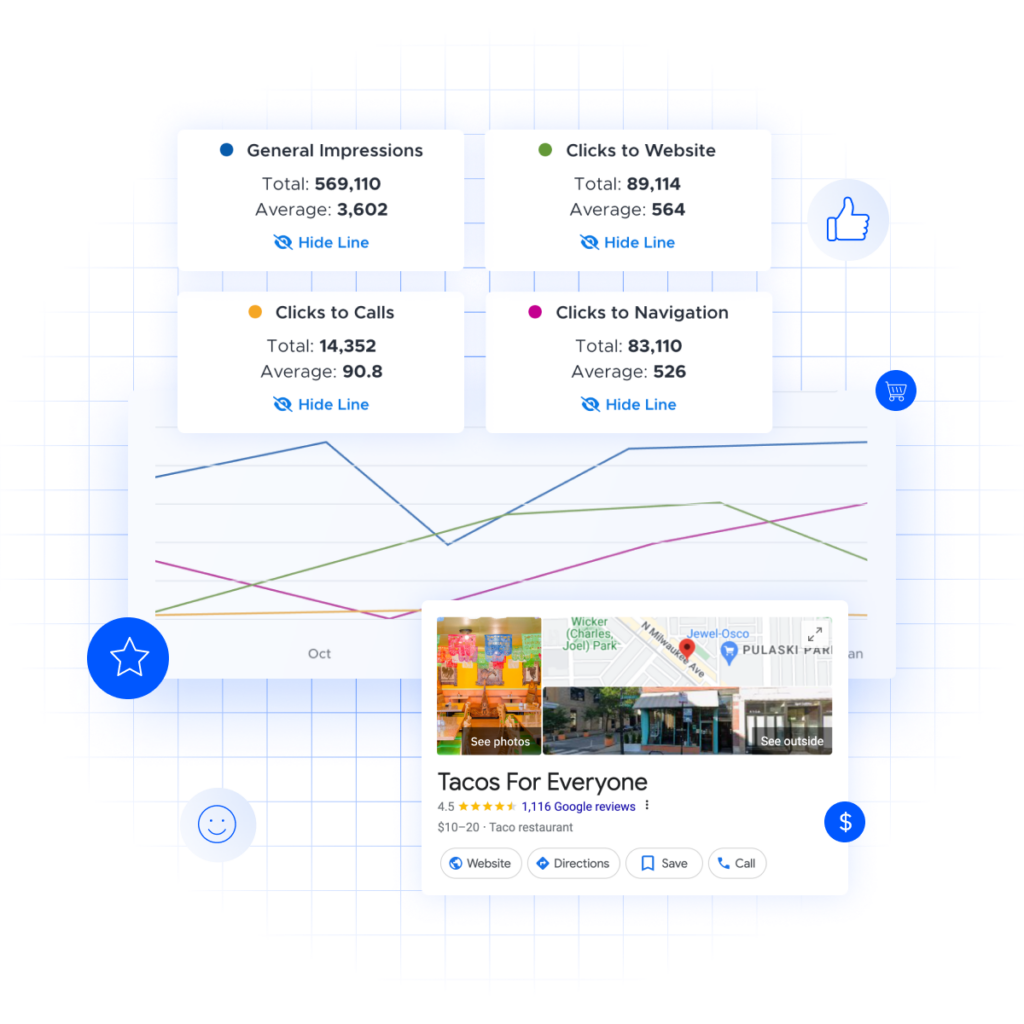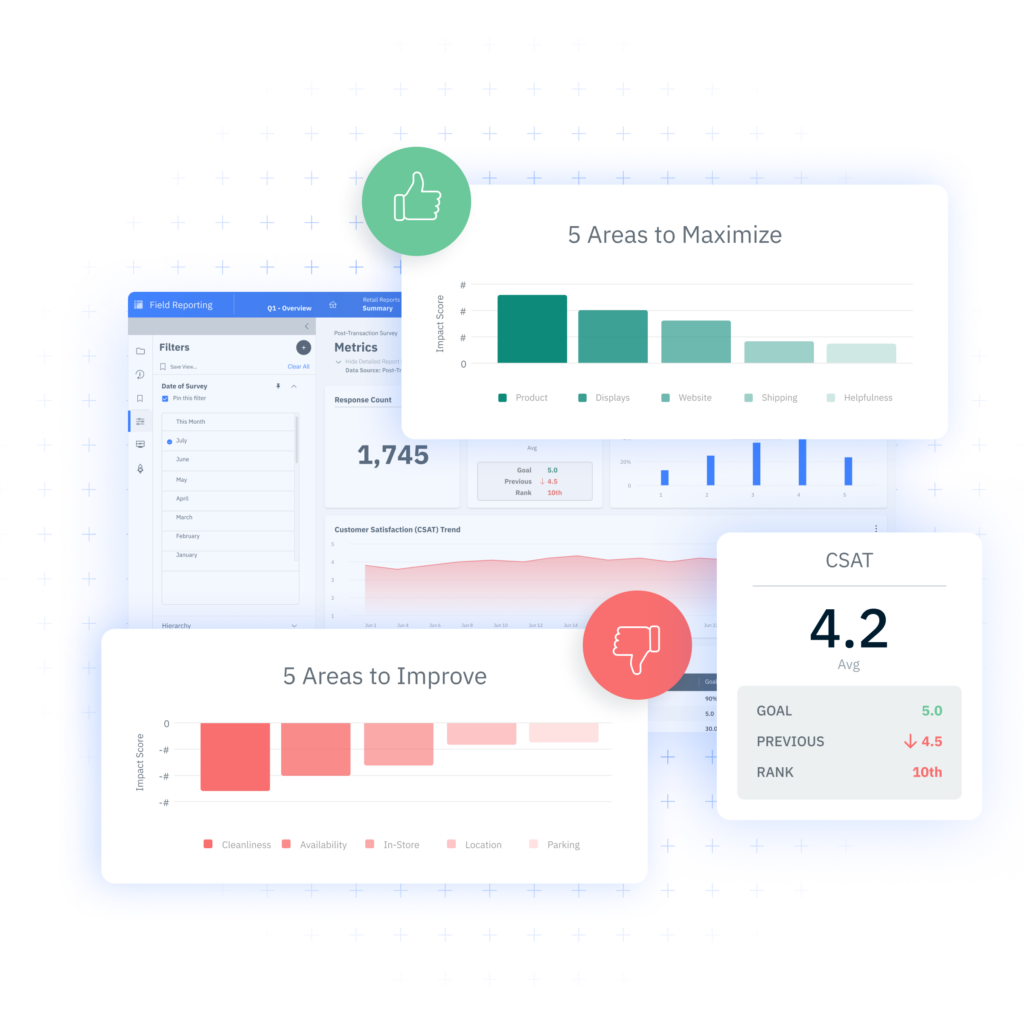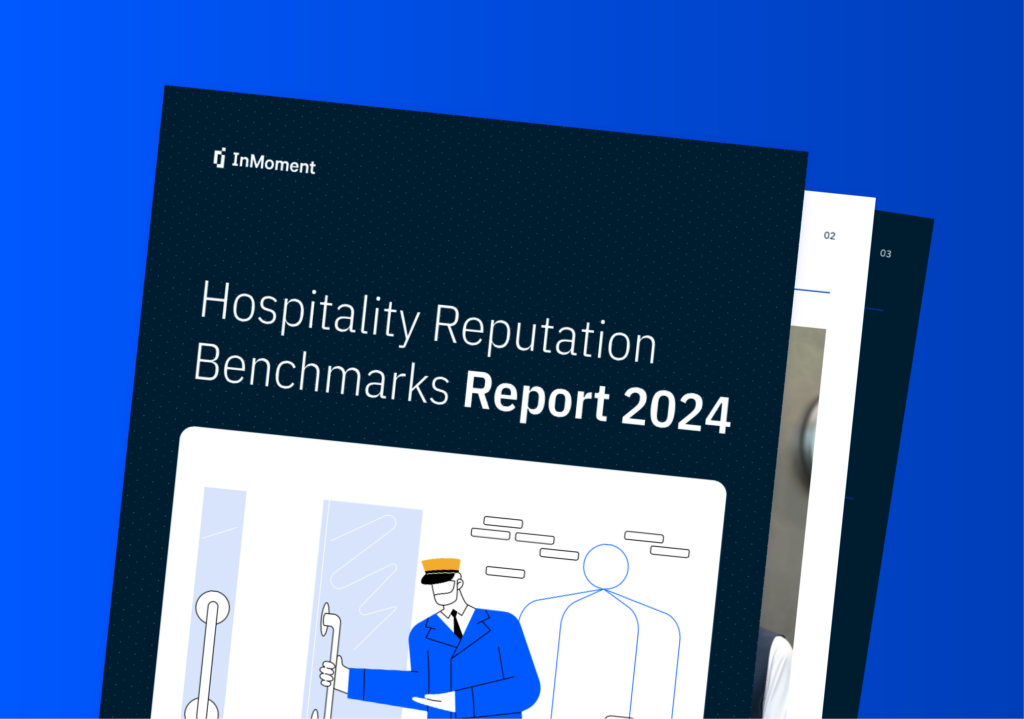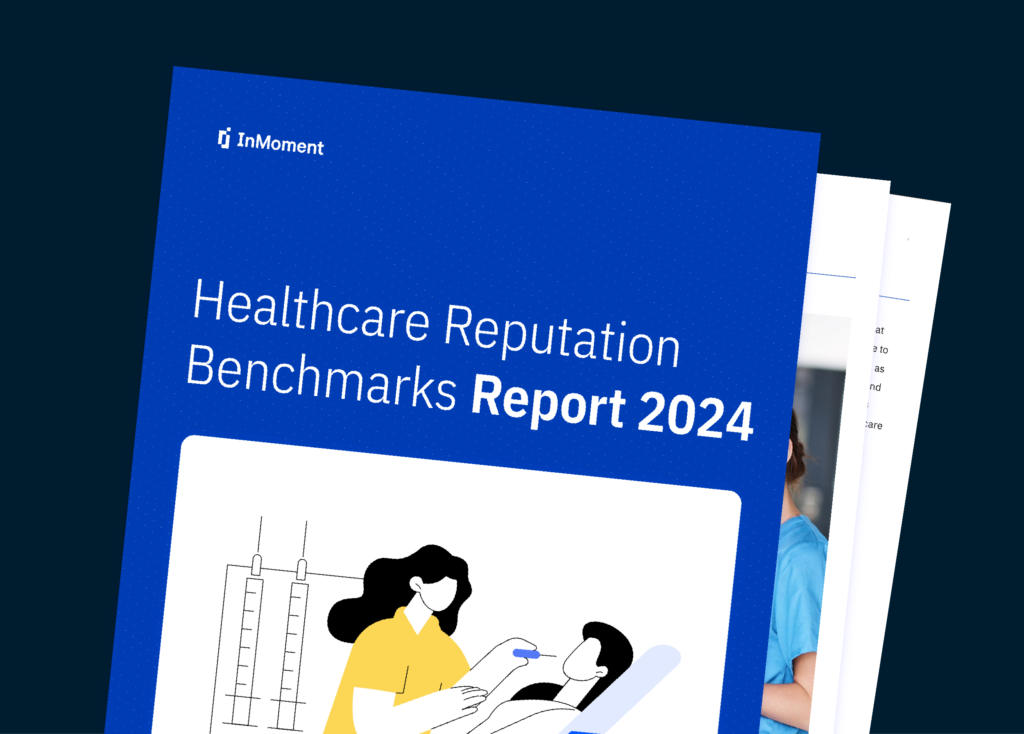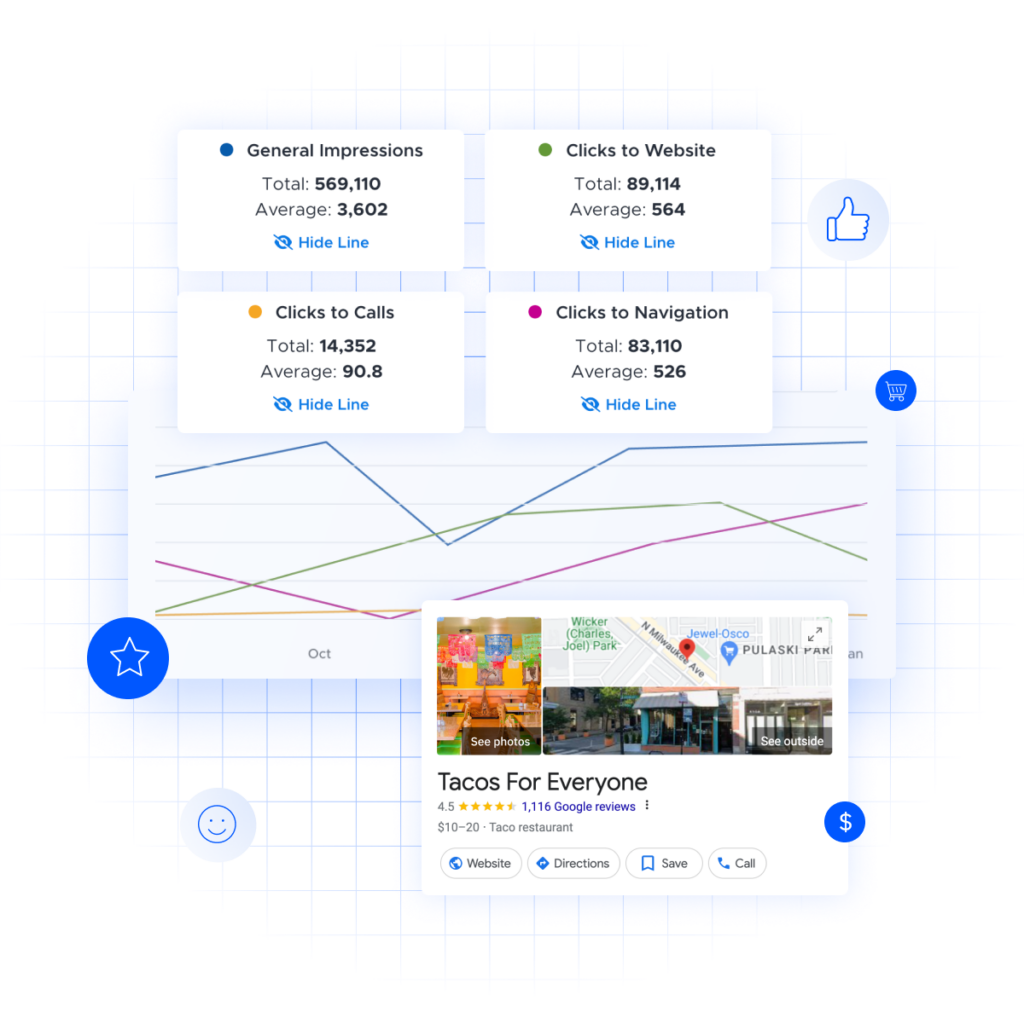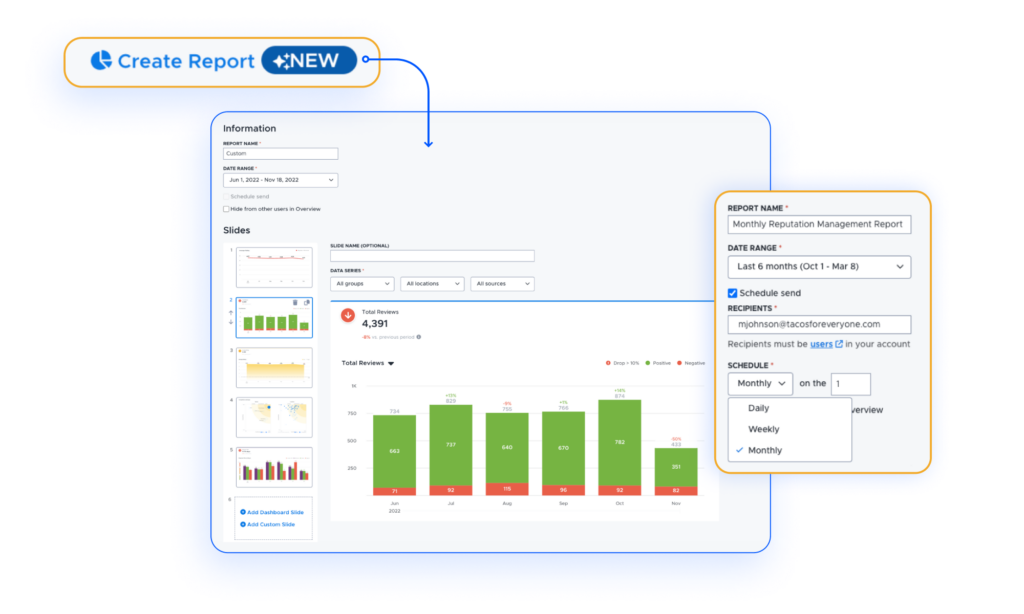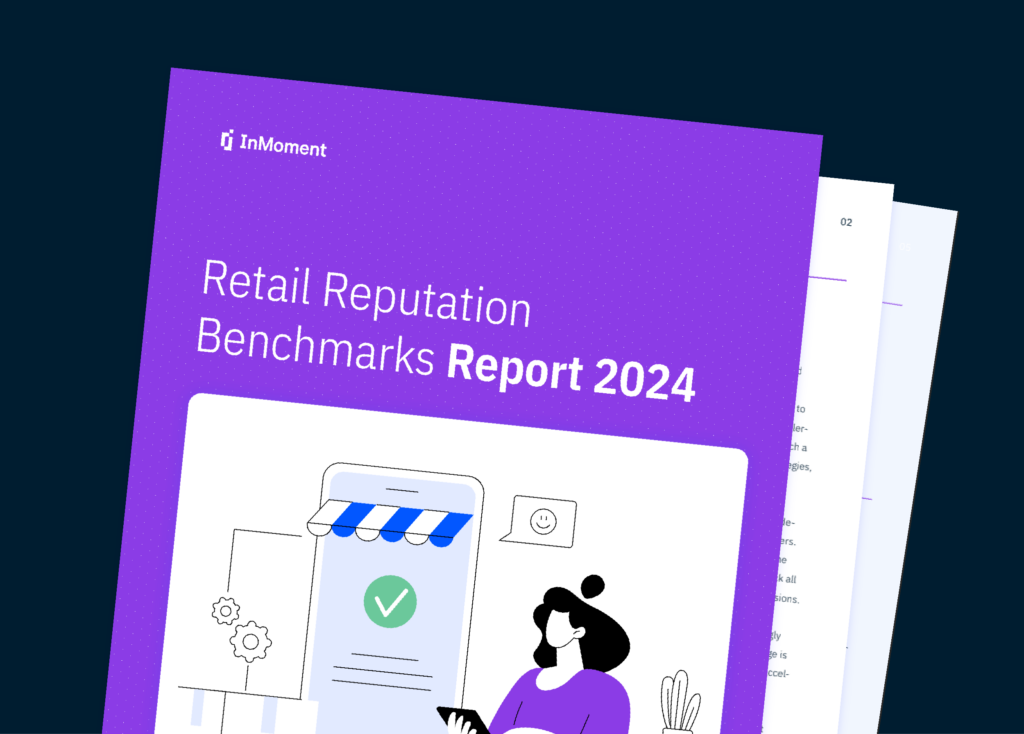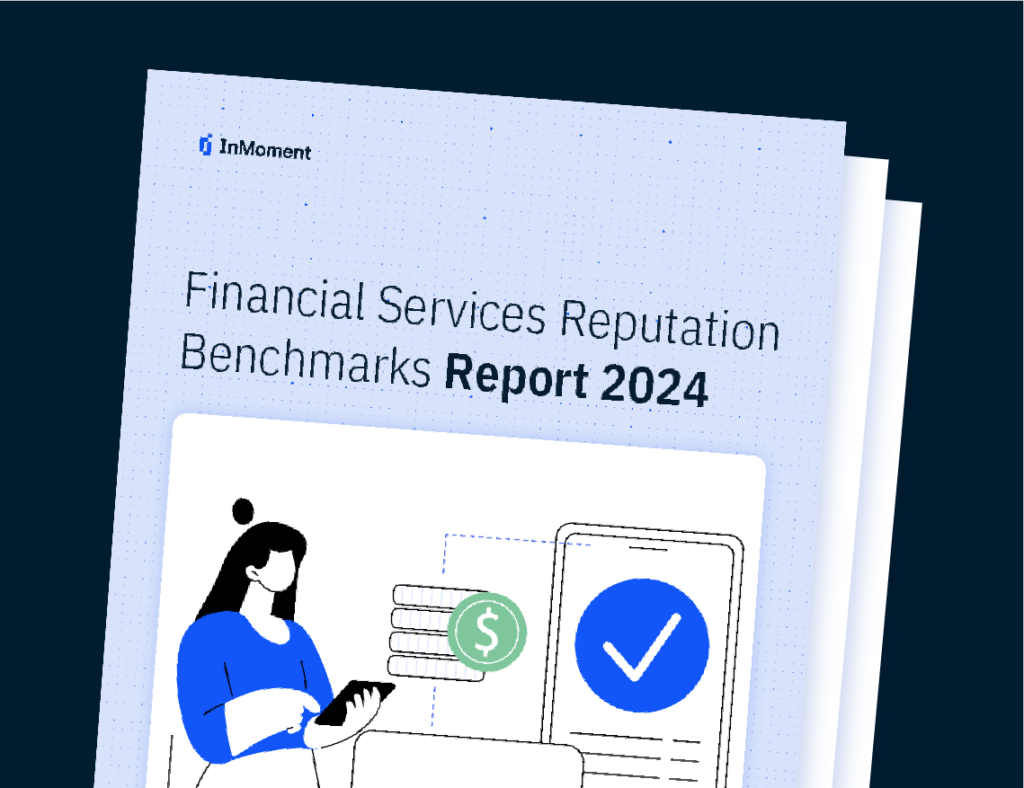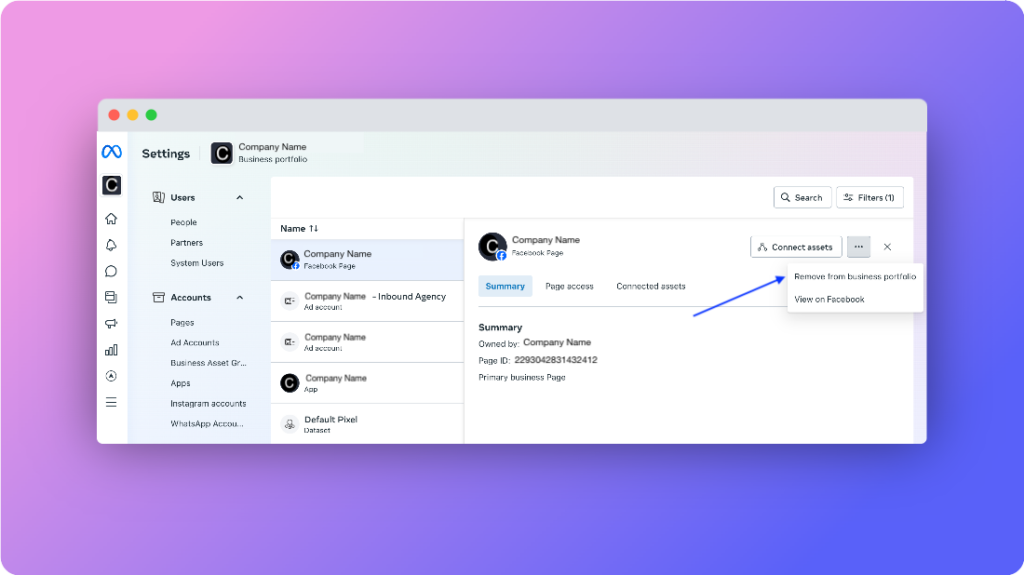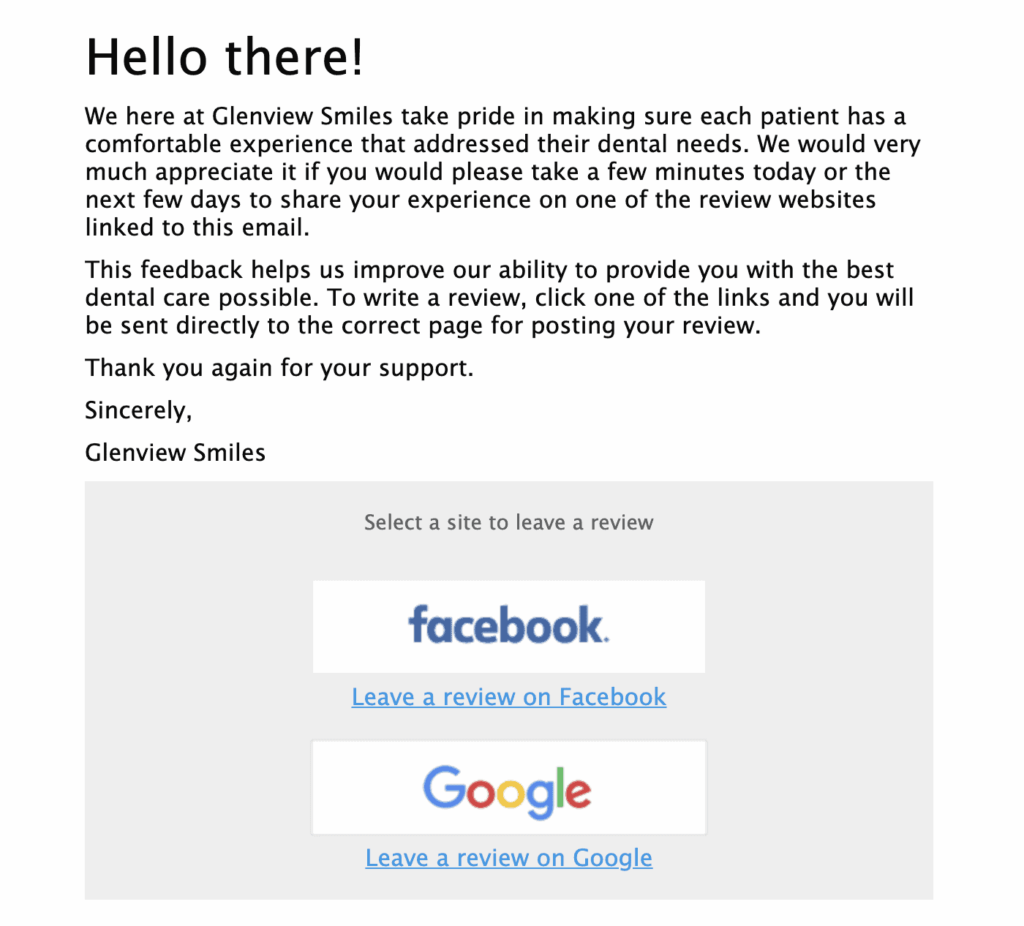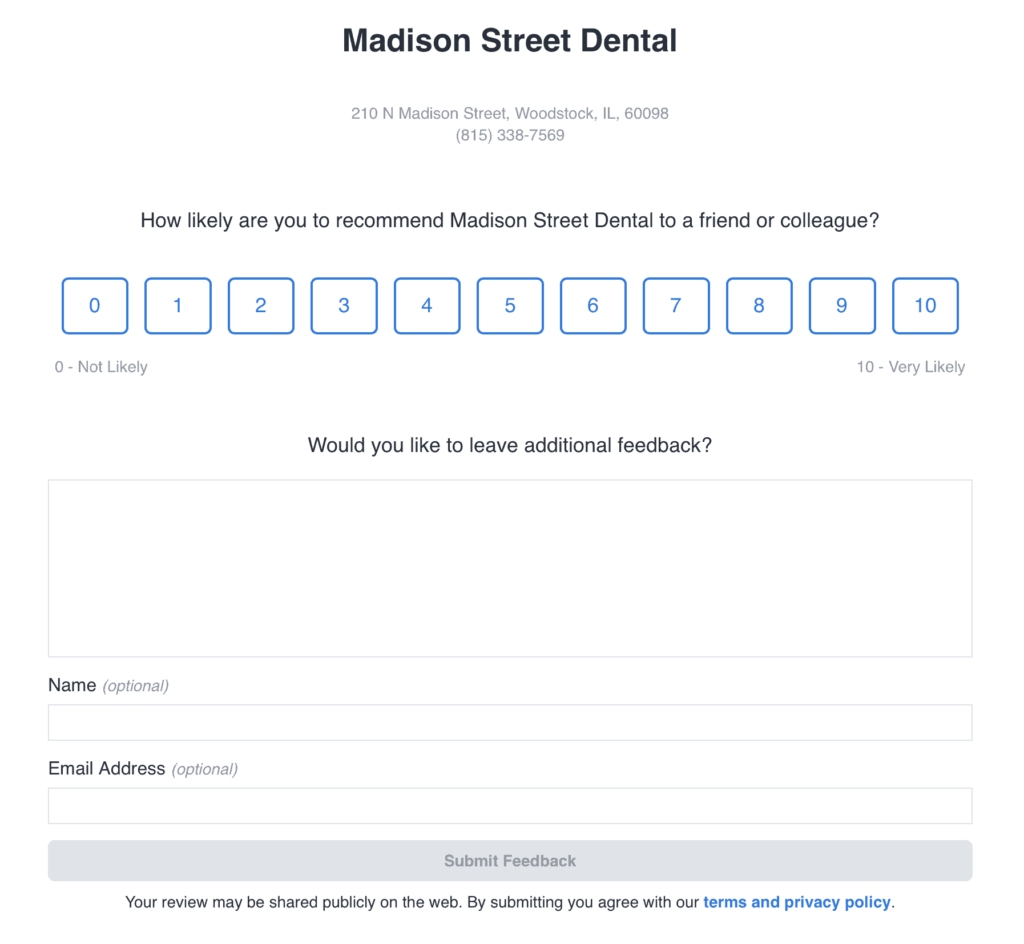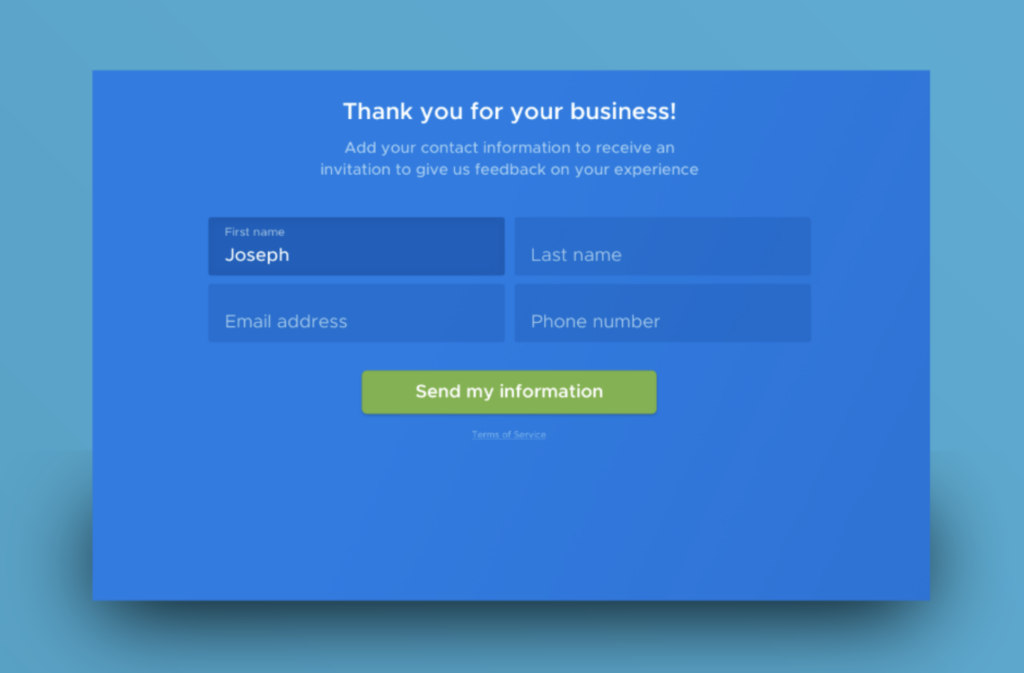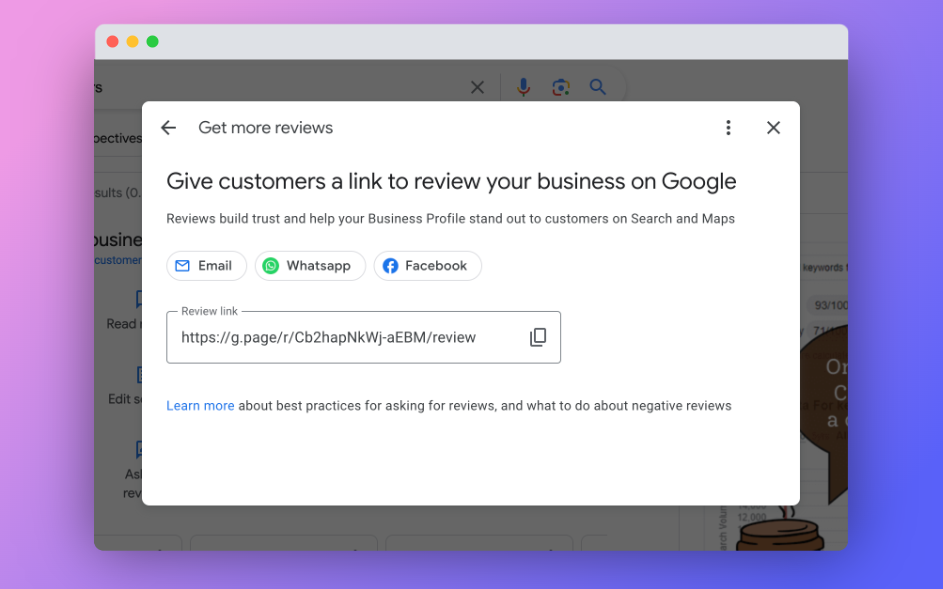Reputation Score: A Powerful Way to Drive More Revenue
Reputation score is a data-driven score that helps organizations monitor and improve the performance of their overall brand and locations. This single score allows busy teams to focus efforts and drive more revenue in less time.
What Is a Reputation Score?
A reputation score is a numerical representation of a brand’s reputation performance, calculated based on various factors such as customer reviews, online ratings, response rate, response time, local listings being in sync, and more.
This data-driven score reveals the overall brand health, allowing brands to grasp their reputation standings at a glance and take rapid actions where needed. Higher scores generally indicate a more positive reputation, while lower scores suggest areas needing improvement.
Why Is the Reputation Score Important for Your Business?
Research by Womply showed that companies with a 4.0- to 4.5-star rating earn 28% more in annual revenue. The reputation score reflects the likelihood of your brand being chosen by a customer. It represents a combined view of your most important reputation management key performance indicators (KPIs), that otherwise would take tremendous time and resources to connect, analyze, and turn into actionable insights.
Attract more customers: High reputation scores signal high star ratings and positive reviews. They also indicate that your brand engages with your customers and maintains a consistent online presence, making it more likely that potential customers will discover and choose you over competitors.
Increase online visibility: Many review sites and search engines prioritize businesses with higher reputation scores since they suggest that your organization maintains consistent listing information across the web and focuses on review management, making your brand trustworthy and credible.
Boost revenue: Positive reputations often correlate with higher sales and revenue, as customers are more willing to spend money on businesses they perceive as reliable and high-quality.
Drive continuous improvement: Monitoring your reputation score can help you identify strengths and areas for improvement, guiding your business strategies and operations. It can also help you understand what locations are best performing so that you can amplify your success to others.
Overall, the reputation score allows you to monitor and improve your business performance and brand competitiveness, leading to increased customer acquisition and continuous revenue growth.

What Makes Up Your Reputation Score?
Your reputation score is a combination of your most important reputation management KPIs. These KPIs measure various aspects of your online presence and the perception of your brand.
Average rating: The overall rating score from reviews across different platforms and sites. This metric captures the general sentiment and satisfaction of customers. Higher average ratings mean that your customers are satisfied with their experiences.
Number of reviews: The total count of reviews your brand has received. A higher number of reviews can enhance credibility and provide more social proof, encouraging potential customers to take action toward visiting your business.
Response rate & time: The speed and frequency with which you respond to customer reviews. Prompt and consistent responses show that you value customer feedback and are actively engaged in managing your reputation.
Listings in sync: The consistency and accuracy of your business information (name, address, phone number, etc.) across various online directories and listings. Ensuring that all listings are complete and identical prevents confusion and builds trust.
Owner photos: The presence and quality of photos uploaded by the business owner (you) on various platforms. High-quality, relevant photos can boost the visual appeal of your listings and provide a more engaging and trustworthy image of your brand.
How Is Your Reputation Score Calculated?
Your reputation score is calculated by combining different types of reputation signals aggregated across review sites, platforms, and directories. Each signal is assigned a different weight in the formula used to calculate the score, benchmarked to the specific industry your business belongs to. The weighting is based on the decision-making factors that your customers are likely to consider when evaluating whether to visit one of your locations and the level of importance of these factors.
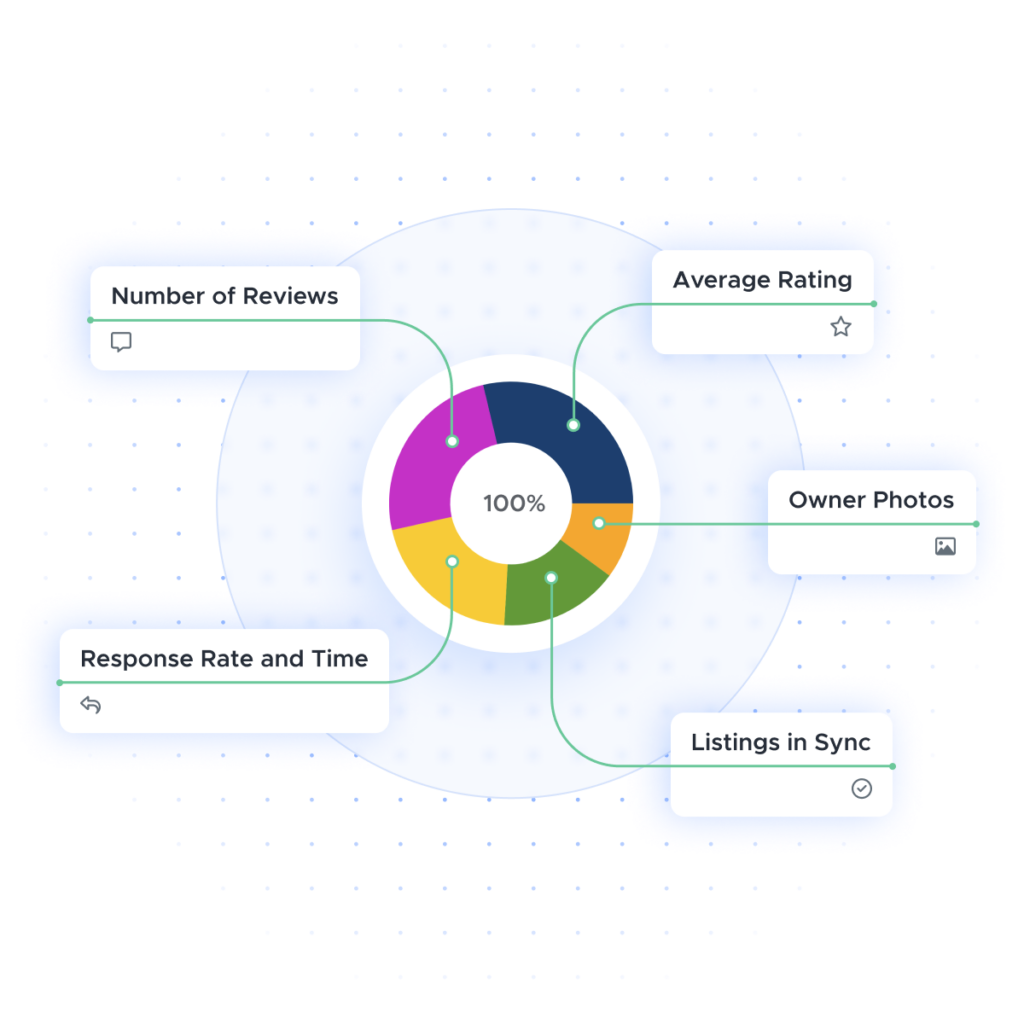
How to Find Your Reputation Score?
To discover your reputation score you’ll need access to reputation management software that can collect, connect, and analyze a large amount of complex data and synthesize it into a simple score. Pearl-Plaza Reputation Management software aggregates reviews and ratings from more than 120 sites and allows brands to manage their reputation, business listings, location performance, and reputation scores, all in one place. Our software can calculate your reputation score and provide insights into how to improve it.
What Is a Good Online Reputation Score?
Your reputation score is measured on a scale of 100. A brand’s goal should be to achieve the maximum score, or as close as possible. A high score indicates a strong online reputation with positive ratings and reviews from satisfied customers who recommend the brand. It also reflects increased online visibility and overall good standing across various online platforms.
How Do You Improve Your Reputation Score?
Reputation scores are used as benchmarks to help you easily understand the health of your locations, and the details that go into each score give you specific insights into how to improve performance.
Ask for reviews: Proactively encouraging your customers to leave a review after their visit, not only increases your review volume and ratings but also your reputation scores. Soliciting feedback provides valuable insights into what your customers appreciate and what areas need improvement, helping you better understand their expectations and enhance their overall experience.
Improve customer experience: Focus on delivering exceptional service and addressing any issues promptly. A positive customer experience leads to favorable reviews and higher ratings that will in return attract more customers.
Engage with your customers: Respond to reviews and feedback in a timely and professional manner. Set up review alerts to notify you when a new review is published, and leverage auto-responding technology and AI-generated review responding to speed up the process.
Manage your business listings: Ensure your business information is accurate and consistent across all online directories and local business listings. Regularly update and verify your details to avoid discrepancies. Upload business photos to your profiles to make them more appealing and informative for potential customers. Accurate and visually engaging listings contribute positively to your reputation score.
Monitor and track performance: Regularly review your reputation metrics and analyze trends. Use time-over-time insights to understand if your brand performance is improving and compare data across locations to identify new opportunities and amplify strategies to enhance your reputation.
By focusing on these areas and continuously working on improving them, you can positively impact your reputation score and directly boost your brand performance and revenue.
How Do You Manage Reputation Scores for Multiple Locations?
For organizations with multiple locations, managing reputation scores across all of them can become a time-consuming process that takes teams away from what matters the most – the customer. To avoid getting overwhelmed and to make the most out of reputation scores, you need a platform that can strategically organize your locations and their scores, providing all the necessary data to manage and improve them effectively.

What Happens When You Improve Your Reputation Score?
An improved reputation score directly correlates to your ability to attract more customers and increase revenue. Higher scores reflect greater customer satisfaction and brand trust, resulting in more business opportunities, repeat customers, and a stronger bottom line.
How Pearl-Plaza Can Improve Your Corporate Reputation Score
Pearl-Plaza Reputation Management is an award-winning, purpose-built, easy-to-use platform that allows teams to take high-impact actions to drive positive business outcomes in a short time. Brands that partner with us can efficiently manage their reputation, increase their reputation scores, and receive the support needed to achieve their goals.
Our proprietary reputation score is designed for busy teams and marketing leaders to provide them with the insights they need to increase their revenue in less time. What makes it unique and powerful is the simplicity in which we show otherwise complex data. We aggregate all types of reputation data, calculate your reputation scores for each location, and organize them based on performance in an easy-to-understand dashboard that drives actionability.
With Pearl-Plaza Reputation Management, improving the metrics that make up the reputation score is fast. Teams can launch and automate review solicitation campaigns to quickly increase their star ratings and review volume. AI-generated review responding and automated responses allow you to engage with your customers no matter where they leave feedback. Award-winning business listings technology keeps your listings in sync and automatically fixes inconsistencies multiple times a day.
Curious about your reputation score and how it is currently impacting your revenue? Schedule a reputation management demo with us to find out how to improve your reputation performance and attract more customers.

